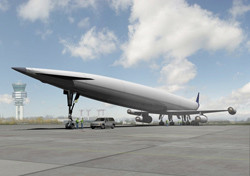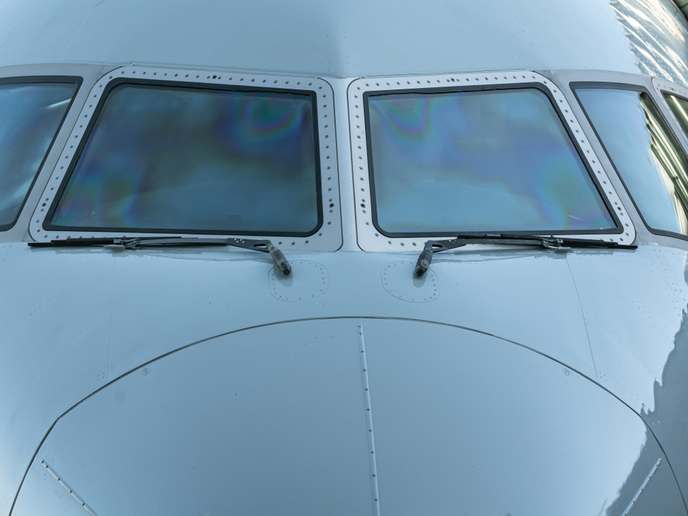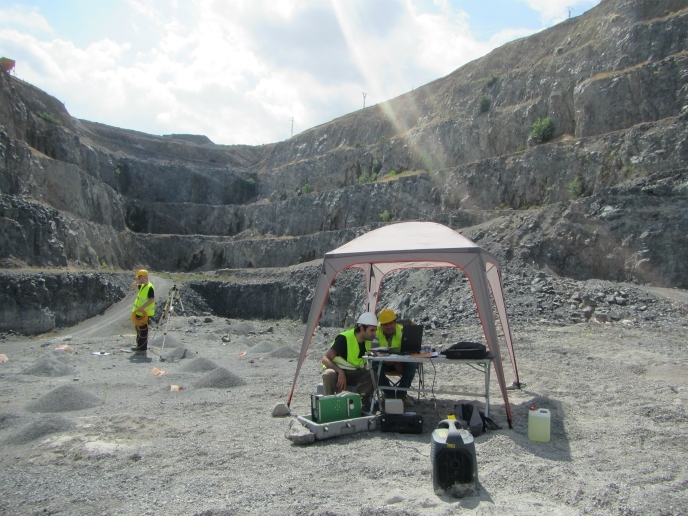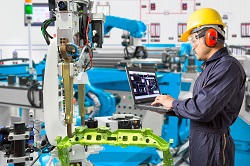Super-speed aeroplanes on the horizon
A few years ago, an EU-funded project called LAPCAT worked on identifying and evaluating critical propulsion technologies for radically reducing long-distance flights. It investigated technologies that could, for example, enable a flight from Brussels to Sydney to be completed in 2–4 hours. Following in its footsteps, the latest such project, 'Long-term advanced propulsion concepts and technologies II' (LAPCAT-II)(opens in new window), focused on the two most viable concepts emerging from its predecessor, namely cruise flights at the speeds of Mach 5 and Mach 8. The project bought together 16 partners in the field from 6 European countries to achieve its aims. It evaluated the assumed performance figures of the Mach 5 plane and its pre-cooled turboramjet, including design, performance and eco-friendliness of nozzle, combustion and structure. This led to an improved Mach 5 design, resulting into a detailed roadmap for developing the vehicle. With respect to the Mach 8 concept which is based on a dual mode ramjet, the project team tackled several problems assuring a good performance both in cruise as in off-design conditions such as take-off, acceleration. In this respect, the team focused on properly integrating airframe and engine throughout the whole trajectory to overcome large take-off mass. It re-evaluated the design of different concepts, including turbo-based and rocket-based engines to achieve optimal performance and fuel consumption. More specifically, the Mach 8 design involved developing engine–airframe integration tools and methodology, as well as high-speed air-breathing cycle analysis. It also involved off-design and on-design behaviour of engine and airframe, in addition to assessing design related to aerothermodynamics, intakes, nozzles and combustion. The project and its results have brought us one step closer to developing viable supersonic and hypersonic aircraft that could completely redefine civil aviation in the not so distant future.







